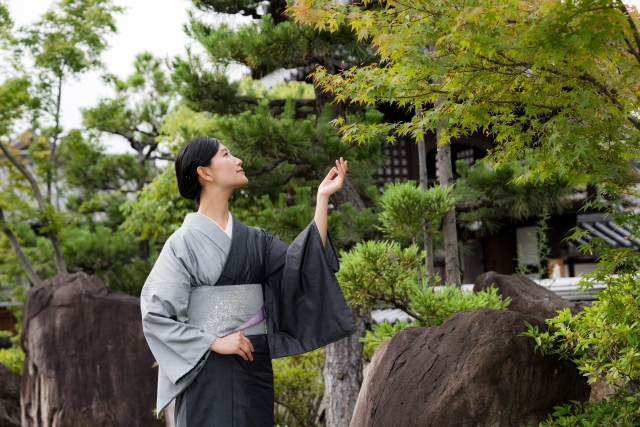
Culture and tradition
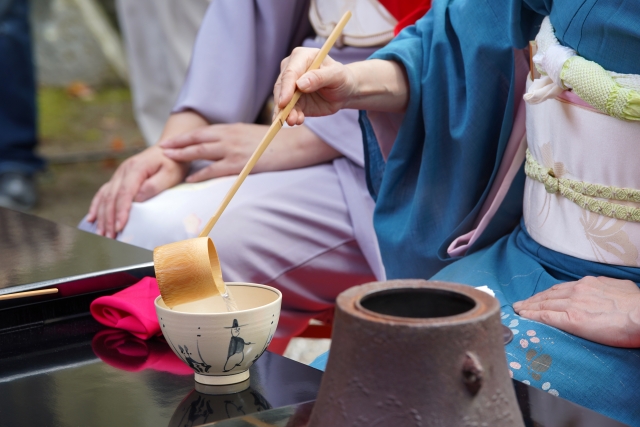
Japanese tradition and culture are incredibly appealing due to their depth, beauty, and uniqueness. Below, I will elaborate on the charm of Japanese tradition and culture.
Traditional arts and crafts
Japan is known for its traditional arts and crafts, including tea ceremony, ikebana (flower arranging), calligraphy, Noh theater, martial arts, and more. These arts serve as significant means of expressing Japan’s history, culture, and philosophy. Traditional crafts such as exquisite kimonos, ceramics, woodworking, swords, and origami are also highly appealing.
Traditional festivals and events
Japan boasts a multitude of traditional festivals and events, each with its own unique characteristics depending on the region. For example, events like the carrying of mikoshi (portable shrines) during festivals or the Hatsumode (first shrine visit of the year) at Shinto shrines are cherished as integral parts of Japanese culture and community. The vibrancy of these festivals and their traditional elements is undeniably charming.
Traditional architecture and gardens
Traditional Japanese architecture and gardens are known for their beautiful designs and reflective philosophies, stimulating aesthetic senses. Traditional temples, shrines, Japanese houses, and gardens are characterized by their harmony with nature, simplicity, and refinement. Gardens, in particular, are renowned as places to appreciate the changing seasons, offering a sense of tranquility and connection to the natural world.
Kimono and Japanese clothing culture
Kimono is a traditional Japanese garment, admired worldwide for its beauty and design. Wearing kimono is a special moment in itself, as it is reserved for special occasions and is an essential element in expressing the aesthetic sensibilities of Japanese culture.
Japanese religion and spirituality
Japan is home to various religions and spiritual beliefs, including Buddhism, Shintoism, and mystical practices. Temples and shrines are not only religious sites but also appealing places to seek tranquility and inner peace. Activities like meditation and zazen are also conducted in the pursuit of spirituality.
Japanese food culture
Japan’s food culture possesses many appealing elements, including its aesthetics, seasonality, healthiness, and etiquette. Japanese cuisine, including sushi, sashimi, washoku (traditional Japanese cuisine), matcha tea, and wagashi (Japanese sweets), is beloved worldwide for its unique flavors and presentation.
Japan’s traditions and culture symbolize the charm of the country with their beauty and depth. These traditional elements serve as wonderful means to express the coexistence of Japan’s history and modernity, its aesthetic sensibilities, spirituality, and the sense of community.
Food culture
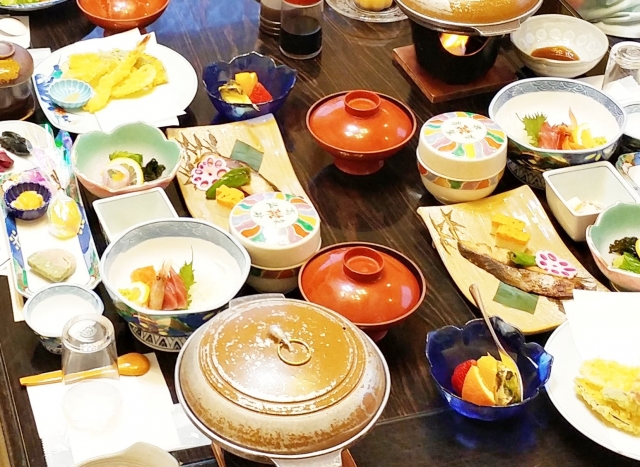
Japanese cuisine is highly appealing due to its diversity, beauty, healthful aspects, and social significance. Below, I will elaborate on the charm of Japanese food culture.
Diversity and seasonality
Japanese cuisine is rooted in the changing seasons, allowing for the enjoyment of different ingredients throughout the year. With dishes like cherry blossom viewing bento in spring, cold noodles in summer, chestnut rice in autumn, and hot pot in winter, there is an abundance of seasonally-focused cuisine. This allows for the enjoyment of different dishes every month.
Beautiful presentation and utensils
Japanese cuisine places particular emphasis on beautiful presentation and tableware. The visual aspect of the dish is highly regarded, and the choice of tableware and presentation style is carefully selected to complement the season and the specific dish. This aesthetic element enhances the overall dining experience, making it more enjoyable.
Healthy eating
Traditional Japanese cuisine is believed to provide a balanced and nutritious diet that supports longevity. It revolves around ingredients like fish, vegetables, tofu, seaweed, and rice, which are low in fat and high in nutritional value. Additionally, health-promoting elements such as fermented foods and green tea are also incorporated.
Politeness and culture
Mealtime is an important element in Japanese culture, and it is accompanied by polite manners and rules of etiquette. This adherence to etiquette and rules imparts a social significance to meals and plays a role in bringing people together. Japanese food culture is not only appealing for its culinary aspects but also for its ability to warm hearts and foster empathy, serving as a place for connection among individuals.
Global influence
Sushi, sashimi, ramen, tempura, wagashi, and more – Japanese cuisine is beloved worldwide. Japanese restaurants and sushi bars have spread internationally, allowing people from diverse backgrounds to savor the flavors of Japan. This cultural exchange has helped spread the charm of Japanese food culture.
Japanese food culture is filled with numerous appealing elements, including beauty, seasonality, healthiness, cultural significance, and global popularity. Enjoying Japanese cuisine is not just about food; it’s a wonderful way to understand and experience Japan’s culture and values.
Nature and landscape
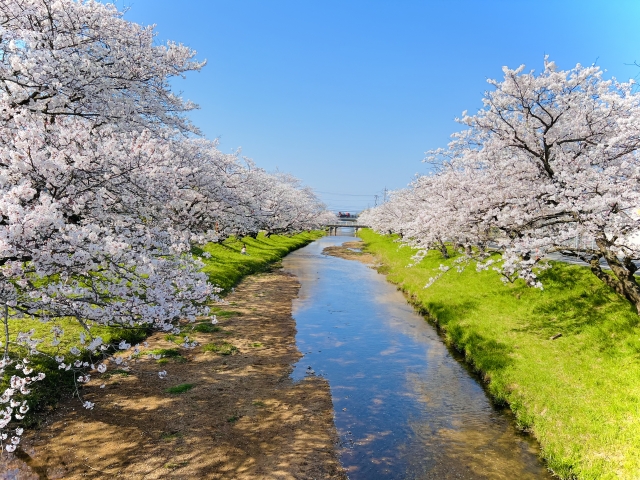
Japan’s nature and landscapes are highly appealing due to their diversity and beauty. Below, I will elaborate on the charm of Japan’s nature and landscapes.
Beautiful mountains and natural scenery
Japan is a country surrounded by beautiful mountains, and Mt. Fuji in particular is a symbol of this. Beautiful mountains and mountain scenery in all seasons are attractive to hiking and mountain climbing enthusiasts. Japan’s mountains evoke a sense of natural beauty and spirituality.
Blue coastline and beach
Japan is surrounded by the sea, and it boasts beautiful coastlines. The blue sea and white sandy beaches are well-known as resort destinations where people can enjoy various water activities such as swimming, surfing, snorkeling, and more.
Beautiful lake and river
Japan is dotted with many beautiful lakes and rivers, creating landscapes of serenity and tranquility. Especially during the autumn season, the vibrant foliage of trees adds colorful accents to the surroundings of lakes and rivers, making for a stunning sight.
Beauty of each season
Japan is a country where the distinct changes of the four seasons are keenly felt. Each season offers beautiful landscapes to enjoy, such as cherry blossoms in spring, lush greenery in summer, vibrant autumn foliage, and serene snowscapes in winter. The ever-changing scenery with the seasons is an integral part of the allure of Japan’s nature.
Natural parks and protected areas
Japan is home to numerous natural parks and conservation areas, where efforts are made to protect wildlife and plant species. In these regions, people can enjoy the beauty of the natural environment while experiencing a sense of harmony with nature.
Coexistence of hot springs and nature
Japan is renowned for its hot spring resorts, where these spa areas harmonize with the natural environment. The opportunity to relax in open-air baths with scenic views or combining forest bathing with hot springs makes for an appealing experience.
Japan’s nature and landscapes offer a wide range of attractions, including diversity, beauty, the changing of seasons, and efforts towards conservation. For nature enthusiasts and landscape photographers, Japan is a place that constantly provides wonder and inspiration.
Japanese cities and modern culture
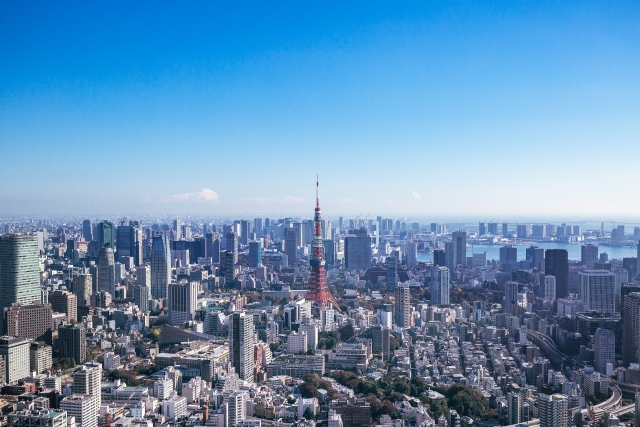
Japan’s cities and modern culture possess advanced and sophisticated features, offering a multitude of charms. Below, I will elaborate on the appeal of Japan’s cities and modern culture.
Advanced technology and innovation
Japanese cities are known as hubs of advanced technology and innovation. Tokyo, in particular, is a city where cutting-edge technology, forward-thinking companies, and research institutions converge. The development of skyscrapers and transportation infrastructure is impressive. Progress in various fields, including robotics, AI, and electronics engineering, is highly noteworthy.
Beauty and cleanliness of the city
Japanese cities are characterized by beautiful parks, gardens, art museums, modern architecture, and clean streets. The aesthetic sensibility and environmental considerations in urban planning enhance the charm of these cities. Additionally, the cleanliness of public spaces and transportation is also impressive.
Culture and entertainment
Japanese cities offer a wealth of diverse culture and entertainment options. The presence of theaters, concert halls, cinemas, cafes, restaurants, shopping malls, and nightlife spots means that people can enjoy a wide range of entertainment and leisure activities.
Food culture and gourmet
Japanese cities are renowned globally as culinary treasure troves. With offerings like sushi, sashimi, ramen, izakayas, Japanese cuisine, French, Italian, and more, there is a wide variety of dishes to choose from, making it a paradise for food enthusiasts. Additionally, the use of fresh ingredients and the skills of chefs ensure that high-quality dining experiences are readily available.
Art and culture
Japanese cities are home to numerous art museums, museums, and galleries, providing ample places for exploring Japanese art and culture. They offer exhibitions of traditional culture as well as contemporary art, along with theater performances, music concerts, and other cultural events. These cities are delightful destinations for art enthusiasts seeking to immerse themselves in a wide range of artistic experiences, from traditional to modern.
Transportation and convenience
Japanese cities are equipped with efficient public transportation systems, making it easy to access both within and outside the cities. There are various modes of transportation, including high-speed trains, subways, buses, and taxis, ensuring smooth travel between cities and convenient mobility within urban areas.
Japanese cities and modern culture possess many attractions, including technological advancement, cultural diversity, aesthetic sensibilities, and convenience. These elements provide unforgettable experiences for those who visit Japan and enhance the allure of its cities.
Hot springs and healing
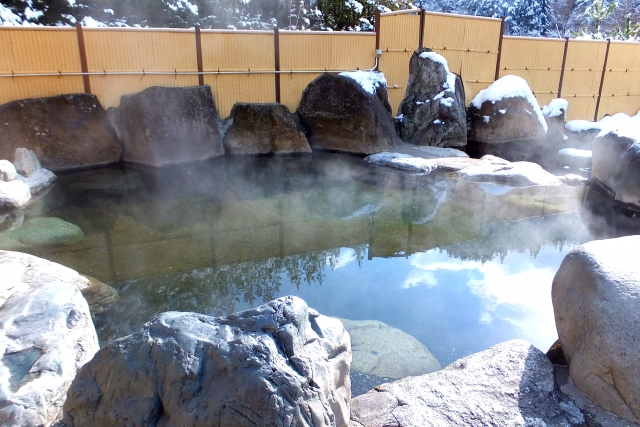
The allure of Japanese hot springs and relaxation is diverse and encompasses a wide range of elements. Below, I will elaborate on the charm of Japanese hot springs and relaxation.
Harmony with the natural environment
Japanese hot spring resorts harmonize with beautiful natural environments. These hot spring facilities are often surrounded by mountains, forests, and rivers, providing visitors with the opportunity to relax in nature. Particularly, the views from open-air baths are spectacular, allowing guests to enjoy the beauty of each season.
Types and effects of hot springs
Japan boasts a wide variety of hot springs, each with its unique therapeutic properties. Types of hot springs include sulfur springs, saltwater springs, acidic springs, alkaline springs, and more, each believed to have specific health benefits. Soaking in these hot springs is said to help relax muscle tension and alleviate stress, providing a sense of well-being.
Open-air bath and accommodation
In Japan’s hot spring resorts, there are numerous accommodations where you can enjoy open-air baths. These open-air baths are located outdoors, allowing you to soak in hot springs while surrounded by nature. These lodging options range from traditional Japanese ryokans with a Japanese aesthetic to modern resort hotels, providing visitors with comfortable stays tailored to their preferences.
Healing culture and spirituality
Hot spring resorts foster a culture of relaxation and well-being. Activities that promote physical and mental health, such as meditation, yoga, stretching, massages, and qigong, are offered, helping with stress relief and relaxation. Additionally, hot spring resorts serve as places that enhance spirituality for those seeking tranquility and inner peace.
Traditional cuisine and cultural experience
In hot spring resorts, you can savor traditional Japanese cuisine and local specialties. Whether you dine in ryokans or restaurants within the hot spring area, you have the opportunity to enjoy delicious meals while immersing yourself in the local culture and traditions.
socialize and relax
Hot spring resorts are relaxing places and are perfect for enjoying quality time with friends and family. The serene atmosphere and natural beauty make them an attractive choice for those looking to refresh.
Japanese hot springs and relaxation offer the ultimate relaxation and refreshment to visitors by providing natural beauty, therapeutic benefits, cultural experiences, and the spirit of traditional hospitality. Visiting hot spring resorts is indeed one wonderful way to harmonize with Japan’s culture and nature.
Language and characters

beautiful sounds and pronunciation
Japanese is known for its beautiful sounds when spoken. The phonetics of the language are harmonious, making it easy to convey emotions and nuances while speaking. Japanese pronunciation is also relatively straightforward, making it considered as an easy language to learn.
unique characters
Japanese features special characters. Kanji are ideographic characters with symbolic meanings, while hiragana and katakana are phonetic scripts representing sounds. These characters are also used as a means to write Japanese beautifully.
art of letters
Japanese characters are also appealing as art. The artful way of writing beautiful characters is incorporated into Japanese culture and design, being used in paintings, posters, and various other forms of visual art.
richness of words
Japanese is rich in expression, and the meaning of the same word can change depending on the context. This adds depth to poetry, storytelling, and dialogues, allowing for diverse and nuanced forms of communication.
culture and respect
Language reflects culture, and Japanese language includes numerous words and expressions that convey respect and politeness towards others. Demonstrating thoughtfulness and consideration through language is highly valued in Japan.
Japanese language and characters possess many attractions, including beautiful sounds, the aesthetic beauty of characters, expressive capabilities, and a deep connection to culture. These elements demonstrate that learning and using the Japanese language is a wonderful way to deepen one’s understanding of Japanese culture and communication.
In this blog, we will introduce the charms of Japan to people from overseas. If you have any articles you would like me to write about, such as Japanese food, sightseeing spots, manners, etc., or if you have any questions, please feel free to contact us.


Comment Comment